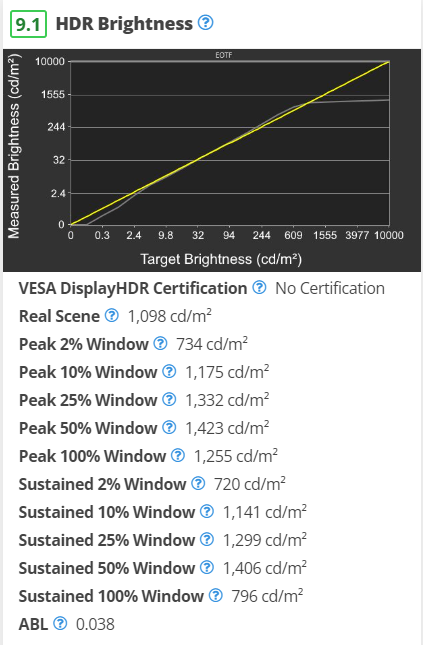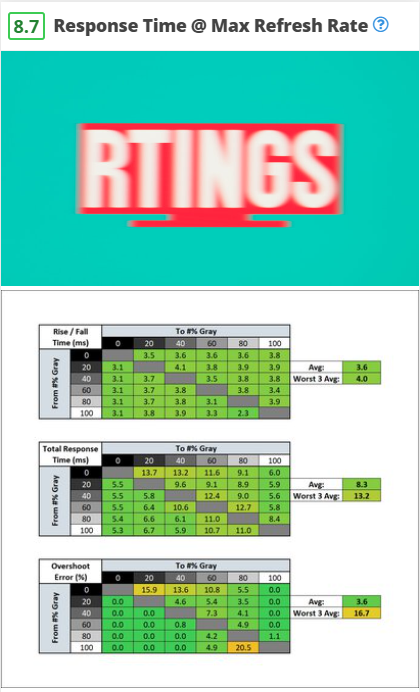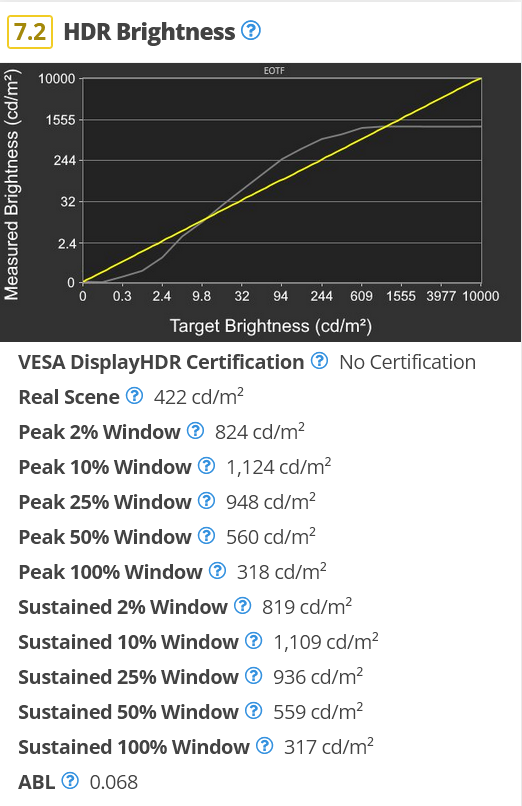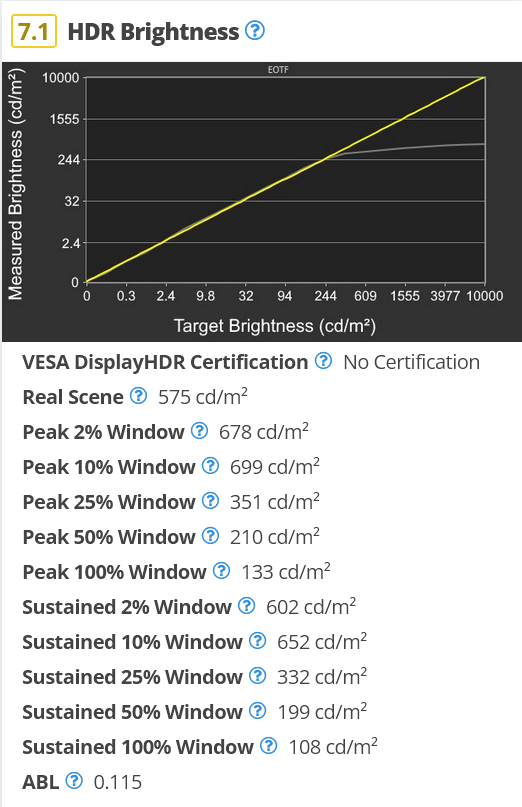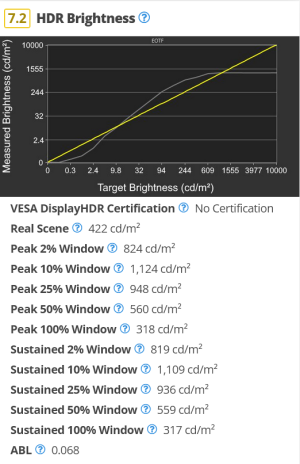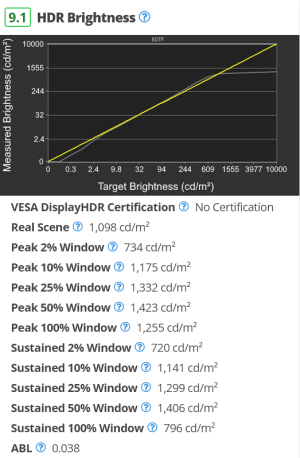kramnelis
Gawd
- Joined
- Jun 30, 2022
- Messages
- 890
Why it's not practical unless your room is too small? You have only two monitors. You care about image quality then you will get the best HDR monitors. You care about motion performance then you will get the fastest monitors.I sell or return them. It is pretty hard to find a monitor that fits your personal expectations and needs. That is also the reason why I never force someone to buy one particular monitor. It is always a good idea to try out different monitors and pick the one that fits YOU the best.
kramnelis
Sorry, but that is just not practical. Why should I have two or three desks and 5-7 monitors in one room? No normal person does that and it would only fill up space in my room.
Do you really want to start arguing now and insult me because I prefer to use an OLED?
I am always in the Top 100 in Quick Match with my squad and we do not have problems to reach Diamond rank in Ranked.
I play on a pretty beefy system and do not care about 1080p. The 30 and 40 series of cards from NVIDIA are easily capable of driving 1440p with high refresh rates on esports titles. Why should I accept 1080p? The backlight strobing? I could not care less. That is a personal preference thing. Many people do not like backlight strobing and the benefits can only be felt in very special occasions.
And if you find 240Hz OLED “not that fast”, you should maybe get your eyes checked. It has sample and hold blur just like every display on the market, but that is to be expected. OLED with backlight strobing would completely destroy your beloved TN panel and eat it for lunch.
BUT GROUNDREAPER, THE BRIGHTNESS AND COLORS OF LCD ARE SO IMPORTANT AND OLED CAN‘T DELIVER IT WITH THEIR ABL AND LOW BRIGHTNESS.
WHO GIVES A SHIT ABOUT THAT IN ESPORTS GAMES???
I know in the very beginning that you are a console level user who doesn't understand the importance of peak performance like XL2566K while boasting about console rank and imagining OLED can get brighter enough to have strobe with 1000Hz motion equivalent. All the champion rank on PC are all on 1080P, strobe or not. Nobody uses that 240Hz OLED.
![[H]ard|Forum](/styles/hardforum/xenforo/logo_dark.png)
